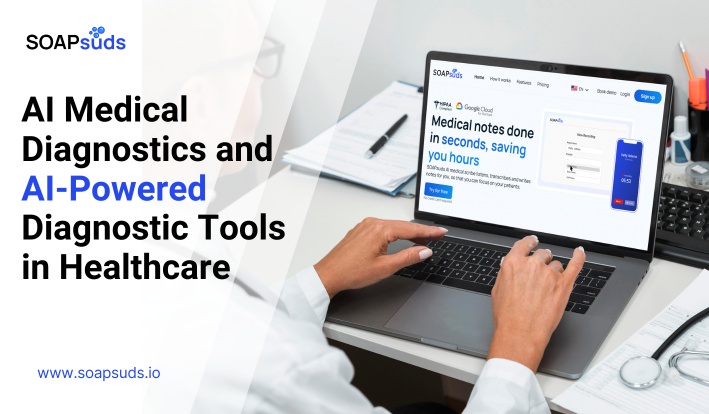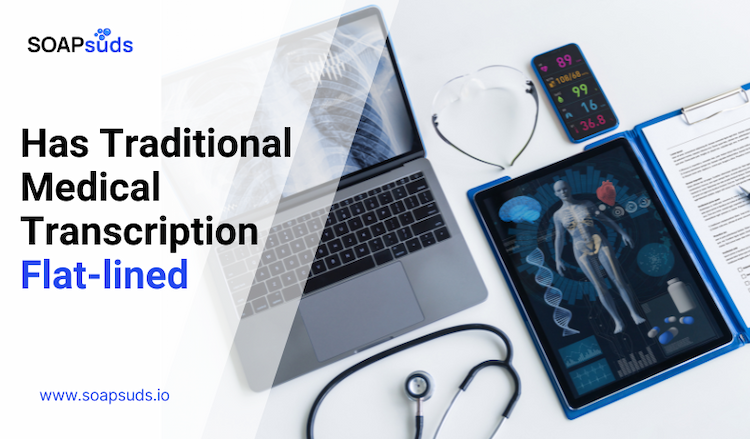Advantages and Disadvantages of Speech Recognition in EHR Systems
SOAPsuds team
Published: 1/28/2025
SOAPsuds team
Published: 1/28/2025

Million people in the U.S. experience speech or language difficulties, and Speech-Language Pathologists (SLPs)...

As medical documentation requirements continue to rise, oversight increases, and healthcare practices become more focused...
.png&w=750&q=75)
Medical documentation has changed tremendously from its ancient Egyptian roots to today's sophisticated Electronic Health...

Artificial Intelligence (AI) in medical diagnosis involves using computational techniques and machine learning models to...

Medical transcription has been a widely used method for documenting healthcare information for many...

As technology develops, the healthcare industry continually searches for ways to improve the precision...
Clinical Notes
SOAP notes
DAP notes
AI medical notes